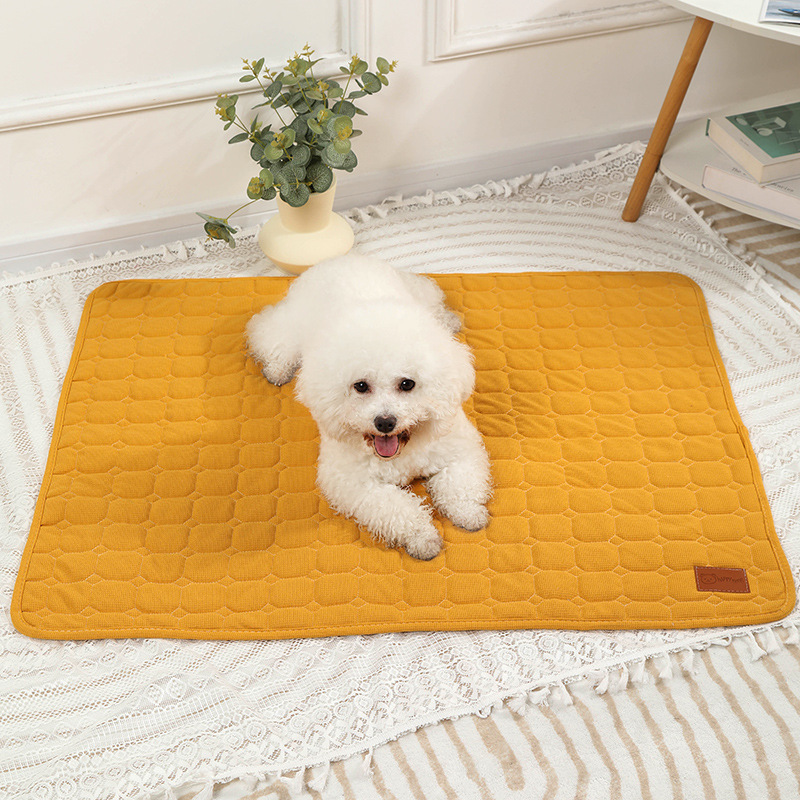My Dog Ate A Sock. What Should I Do?
So, your dog has just devoured a sock. It’s not the news you were hoping for, but don’t worry—there’s a clear path to follow to make sure your dog stays safe and sound. Here’s a simple guide to help you handle this situation with ease.
Stay Calm and Assess the Situation
First things first: stay calm. We know it’s unsettling to find out that your dog has eaten a sock, but panicking won’t help. Instead, focus on assessing the situation.
Take a look at your dog. Are they acting normal? If they’re still their usual playful self, that’s a good sign. If they seem off, like acting lethargic or distressed, it’s time to pay closer attention.
Look for Symptoms of Trouble
Even if your dog seems fine, it’s important to watch for symptoms that might indicate a problem. Here’s what you should be on the lookout for:
- Vomiting: If your dog starts vomiting, and especially if you see pieces of the sock in the vomit, it could be a sign of trouble.
- Diarrhea: Loose stools can be another indicator that the sock is causing issues.
- Abdominal Pain: If your dog is whining, seems to have a sore belly, or reacts when you touch their stomach, this could be a red flag.
- Lethargy: If your dog seems unusually tired or quiet, it might be experiencing discomfort.
Contact Your Vet
When in doubt, it’s always best to consult with your vet. Call them and explain what happened, including details about the sock and any symptoms your dog is showing. Your vet can provide you with specific advice and decide whether you need to bring your dog in for an examination or if you can monitor the situation at home.
Avoid Home Remedies
You might be tempted to try home remedies like inducing vomiting with hydrogen peroxide, but this can be risky. It’s best to avoid these methods unless instructed by your vet. Follow their guidance to ensure your dog’s safety.
Monitor Your Dog Closely
If your vet advises that it’s okay to monitor your dog at home, make sure to keep a close eye on them. Watch for any changes in behavior or new symptoms. Keep your dog comfortable and make sure they have access to fresh water. Sometimes, the sock will pass through their system on its own, but vigilance is key.
Prevent Future Sock Incidents
To prevent your dog from munching on socks again, consider these tips:
- Store Laundry Safely: Use closed hampers or keep laundry in a place where your dog can’t reach.
- Provide Chew Toys: Offer a variety of chew toys to keep your dog entertained and less likely to chew on inappropriate items.
- Engage Your Dog: Regular exercise and mental stimulation can help reduce boredom and the likelihood of your dog chewing on things they shouldn’t.
Train the “Leave It” Command
Teaching your dog the “leave it” command can be a game-changer. Start with less tempting items and gradually work your way up to more challenging ones. Use positive reinforcement—treats and praise—when your dog follows the command. This can help your dog learn to avoid grabbing things like socks in the future.
Dog-Proof Your Home
Consider making your home more dog-proof. This involves keeping potentially dangerous or tempting items, like socks and shoes, out of your dog’s reach. Organize your living space to minimize the chance of your dog getting into trouble.
Keep Up with Regular Vet Check-Ups
Routine vet visits are essential for maintaining your dog’s health. Regular check-ups help catch potential issues early and ensure your dog is in good shape overall. Mention any previous incidents like sock-eating so your vet can offer tailored advice.
Understand Your Dog’s Chewing Habits
Dogs chew for various reasons—boredom, anxiety, or simply because they enjoy it. Understanding your dog’s chewing habits can help you address the root cause. If your dog is a heavy chewer, consider providing more durable toys or interactive feeders to keep them engaged.
Be Prepared for Future Incidents
Accidents happen, and your dog might eat things they shouldn’t from time to time. Being prepared and knowing what to do when these situations arise will help you handle them more effectively.
Conclusion
So, your dog ate a sock. It’s not the end of the world, but it does require some careful handling. Stay calm, monitor your dog for any signs of trouble, and consult with your vet if needed. By taking preventive measures and keeping your home dog-proof, you can help avoid future sock-eating incidents. After all, every dog owner faces these little mishaps from time to time.



